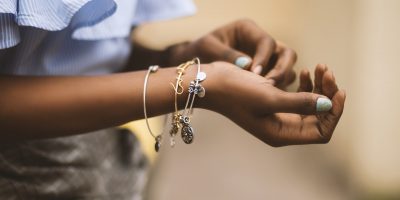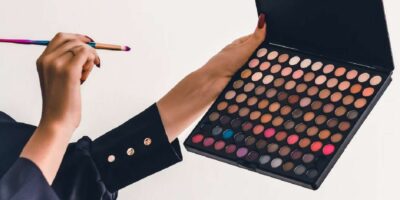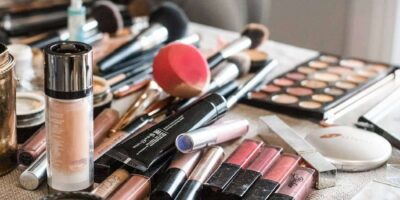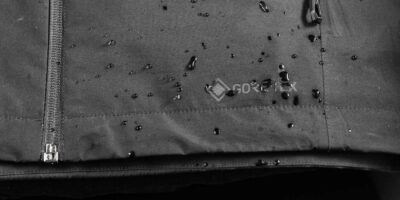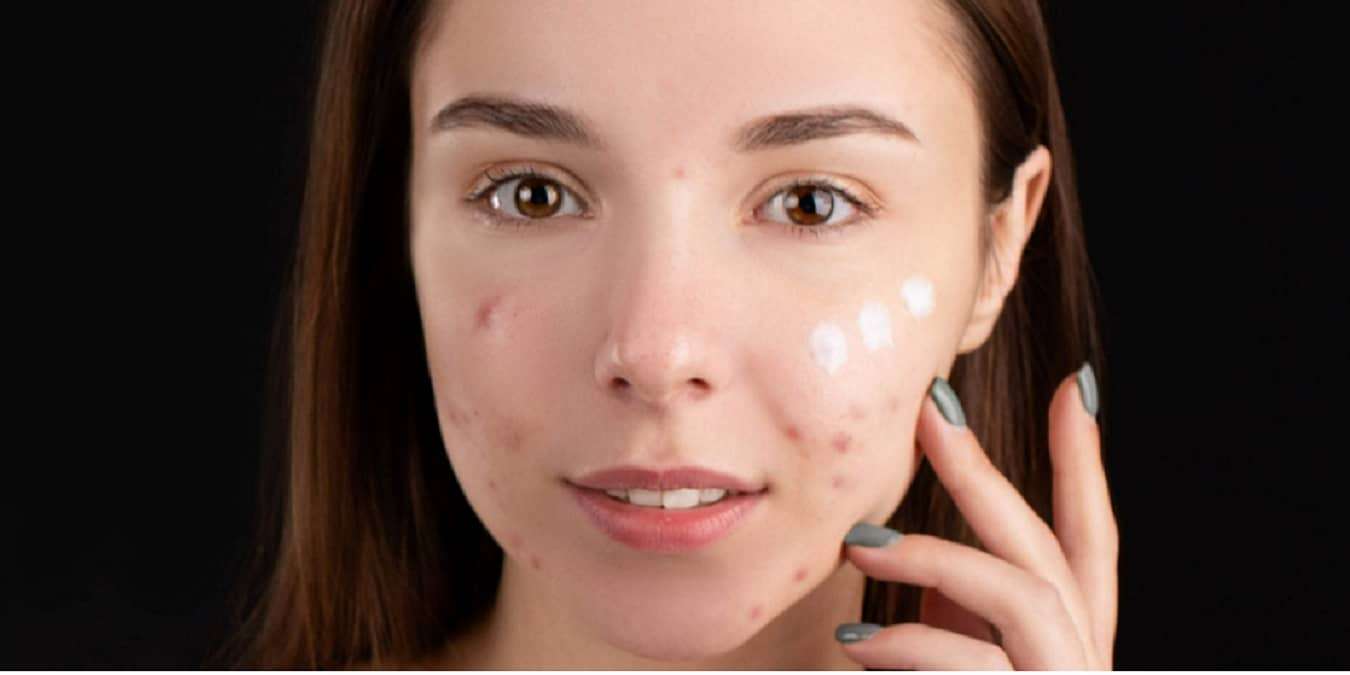
No one wants to look in the mirror and see a big red zit, but acne affects upwards of 50 million Americans every year, so you’re not alone. The key to treating and preventing acne is understanding the various types and causes. Whether you’re just hitting puberty or you’re an adult wondering why your face is still breaking out, start with this acne primer.
Types of Acne
Acne affects most people at some point in their lives. However, the type of acne varies greatly. You might be lucky enough to only have a few tiny blackheads or you could end up dealing with something much worse. It’s important to note that all forms of acne may form on your face, shoulders, neck, and back.
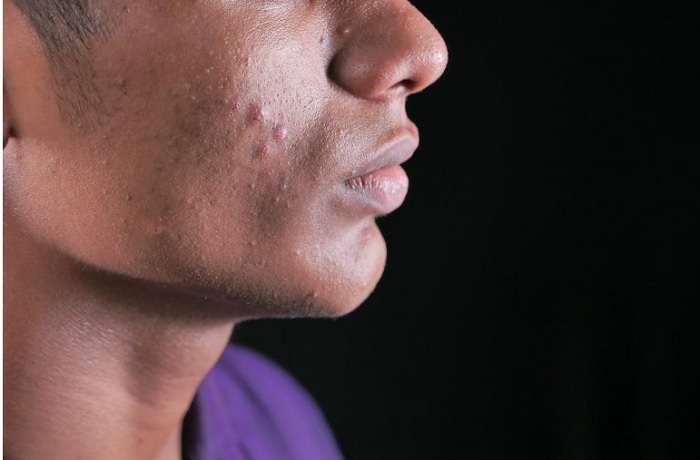
Comedones
The medical name for blackheads and whiteheads is comedones, which is the most common type of acne. A comedo (a single instance) forms when hair follicles get clogged with dirt and bacteria. If the comedo is closed, bacteria builds up under the skin, creating a whitehead. If it remains open, an irregular light reflection causes the zit to look black, causing a blackhead.
Papules
When comedones get worse, they may turn into papules. Instead of white or black areas, you start dealing with red and pink bumps. These tend to be more sensitive and may even hurt or sting without you touching them.
Pustules
Pustules are another form of an inflamed zit. They usually look angrier than papules. A white or yellow center framed in red lets you instantly know what you’re fighting against. These are filled with pus and often lead to scarring when you try to pop them.
Cysts
Cysts are a more severe type of acne. These are medium to large lesions filled with pus. They resemble boils and usually require treatment from a dermatologist. Usually, these bumps have a darker tone to them versus just being red or pink looking.
Nodules
Nodules are similar to cysts, but feel firmer to the touch. Usually, they’re a deeper red and can get much larger than your average pimple. Since they’re so deep in the skin, they do leave scars if you try to pop them at home.
How Bad Is My Acne?
Don’t panic just because you’ve seen your first pimple in the mirror. This doesn’t mean your face is going to be covered overnight. In fact, you might not require anything more than a mild OTC acne cream to be completely healed in a few days.
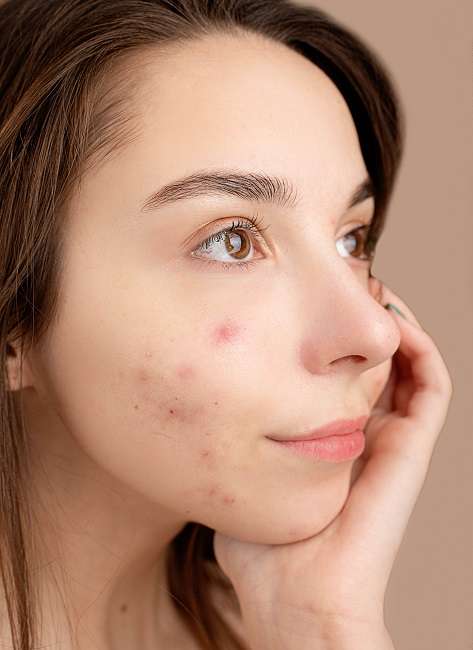
Dermatologists have five main classifications for acne, including:
- Mild – You’ll usually have less than 20 comedones. If you have combination acne (whiteheads, blackheads, papules, etc.), you should have less than 30 total bumps at once.
- Moderate – When breakouts start going over 30 total pimples of any type, it’s considered moderate. However, if you start getting over 100 lesions, your acne may be considered severe.
- Severe – This is when you’re dealing with over 100 pimples during a single breakout. This is also called severe nodulocystic when dealing with multiple nodules and cysts.
- Acne Conglobata – Massive nodule breakouts may occur all over your body. This is an extremely severe form and requires treatment quickly.
- Acne Mechanica – This category relates to acne caused by pressure or friction against your skin. For instance, if you wear bandanas often, you might have this form of acne, which can be any type of acne or a mixture.
Causes of Acne
While there are numerous causes of acne, clogged pores are the ultimate problem. Dead skin cells, sebum (an oil you skin naturally produces), and bacteria all lead to acne. Of course, much more contributes to your breakouts.
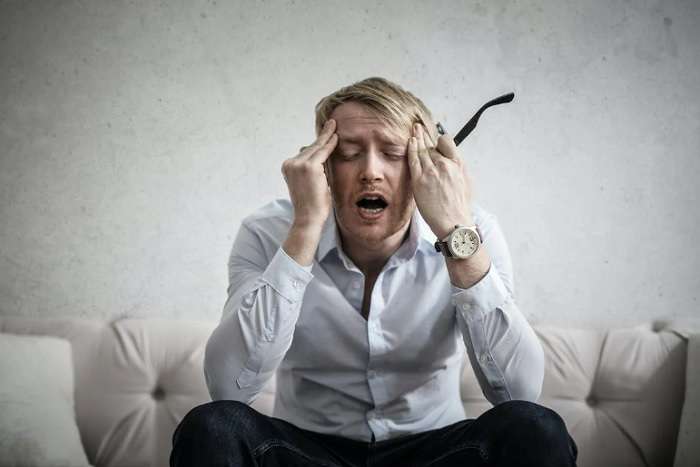
Some of the most common causes of acne include:
- Stress – When excess cortisol is released, sebum production ramps up causing more clogged pores.
- Tight-fitting clothing – When skin can’t breathe, sweat and bacteria have no where to go except into your pores. Plus, the friction from tighter clothing irritates skin and existing acne, making it worse.
- Using the wrong skin care products – Any oily, greasy, or heavier skin care and makeup products can all clog pores. Use only noncomedogenic products, which means they don’t clog pores. However, acne-prone skin may still get worse with serums and other oilier products.
- Wearing too much makeup – Layering makeup, especially when you may be sweating, leads to clogged pores. Always use noncomedogenic makeup products and apply as lightly as possible.
- Medications – Some medications may cause acne. Ask your doctor if you’re breaking out and have just started a new medication.
- Hormones – Acne flares up during puberty because of hormones. Hormone fluctuations, such as during your menstrual cycle, may cause breakouts due to your body’s reaction to the hormones.
- Sugar – Eating too much sugar can lead to your body producing more sebum.
Treating Acne
Different types of acne require different types of treatment. You can treat most mild acne at home by thoroughly washing your face and using a topical cream with benzoyl peroxide or salicylic acid. Replace your usual face wash with one designed for acne-prone skin for even better results. Start with a lower percentage benzoyl peroxide (2.5%) if you have sensitive skin. You can also try home remedies for acne.
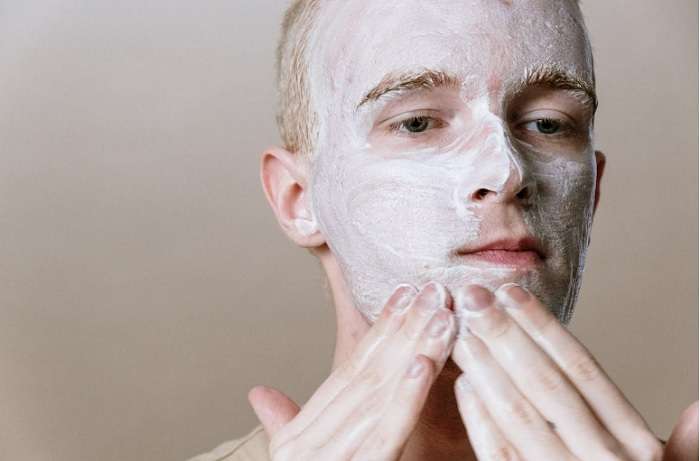
Retinoids are designed for mild, moderate, and some severe acne. While some stronger formulas are only available by prescription, you can get some over-the-counter, such as Differin Gel and La Roche-Posay Effaclar Adapalene Gel.
For more severe types of acne, see your dermatologist. You may be prescribed antibiotics, oral retinoids, hormone therapy, contraceptives, or even steroids.
Frequently Asked Questions
How long does it take to see results from a new treatment?
Overnight results are rare, even from products that promise it. In fact, it may take weeks or even a few months to see full results from a new acne treatment.
Why did my breakout worsen after treatment?
Sometimes your acne flares up right after starting a treatment. Stick with it for a few weeks (as long as you don’t have extreme redness, itching, or dryness) to see if things clear up.
I'm an adult. Why do I have acne?
Acne affects people of all ages. Women often deal with worse acne around their periods and during perimenopause and menopause as hormones start changing. Periods of extreme stress also contribute to adult acne.
Image credit: Anna Nekrashevich via Pexels
